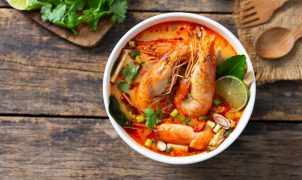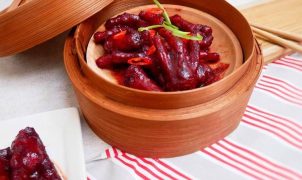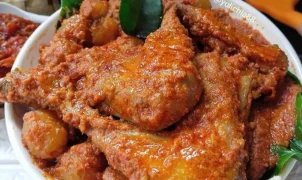Contents
Buchada de Bode is a traditional dish originating from the northeastern region of Brazil. This unique culinary creation is renowned for its rich flavors and cultural significance. In this article, we explore the history, ingredients, preparation, and cultural importance of Buchada de Bode.
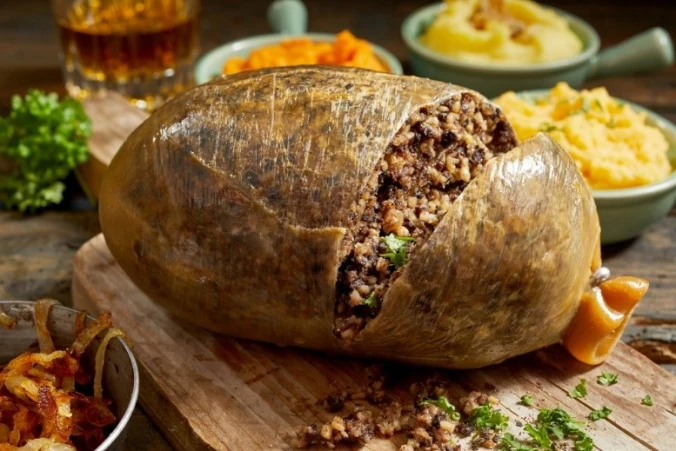
History and Origins
Buchada de Bode has its roots in the northeastern states of Brazil, particularly in the states of Pernambuco, Bahia, Ceará, and Maranhão. It is believed to have originated in rural areas where goat farming was common. The dish’s name, “buchada,” is derived from the Portuguese word “buche,” which means stomach or abdomen, referring to the primary ingredient used in the dish.
Ingredients
The main ingredient in Buchada de Bode is the stomach (or “buche”) of a young goat. Other ingredients typically include:
- Goat Innards: Along with the stomach, other organs such as the liver, heart, and kidneys may be used.
- Seasonings: Garlic, onions, parsley, cilantro, and various spices such as cumin, paprika, and black pepper are commonly used to flavor the dish.
- Vegetables: Some variations of Buchada de Bode include vegetables such as tomatoes, bell peppers, and green onions.
- Farofa: A mixture of toasted cassava flour and seasonings, often served as a side dish.
Preparation
The preparation of Buchada de Bode is a labor-intensive process that requires skill and expertise. Here’s a general overview of how the dish is made:
- Cleaning the Stomach: The goat stomach is thoroughly cleaned and rinsed to remove any impurities.
- Stuffing the Stomach: The cleaned stomach is then stuffed with a mixture of goat innards, seasonings, and vegetables. The opening of the stomach is sewn or tied closed to secure the filling.
- Cooking: The stuffed stomach is simmered in a flavorful broth until tender. The cooking process may take several hours to ensure that the meat and innards are cooked through and tender.
- Serving: Once cooked, Buchada de Bode is traditionally served hot, accompanied by farofa and other side dishes such as rice, beans, and greens.
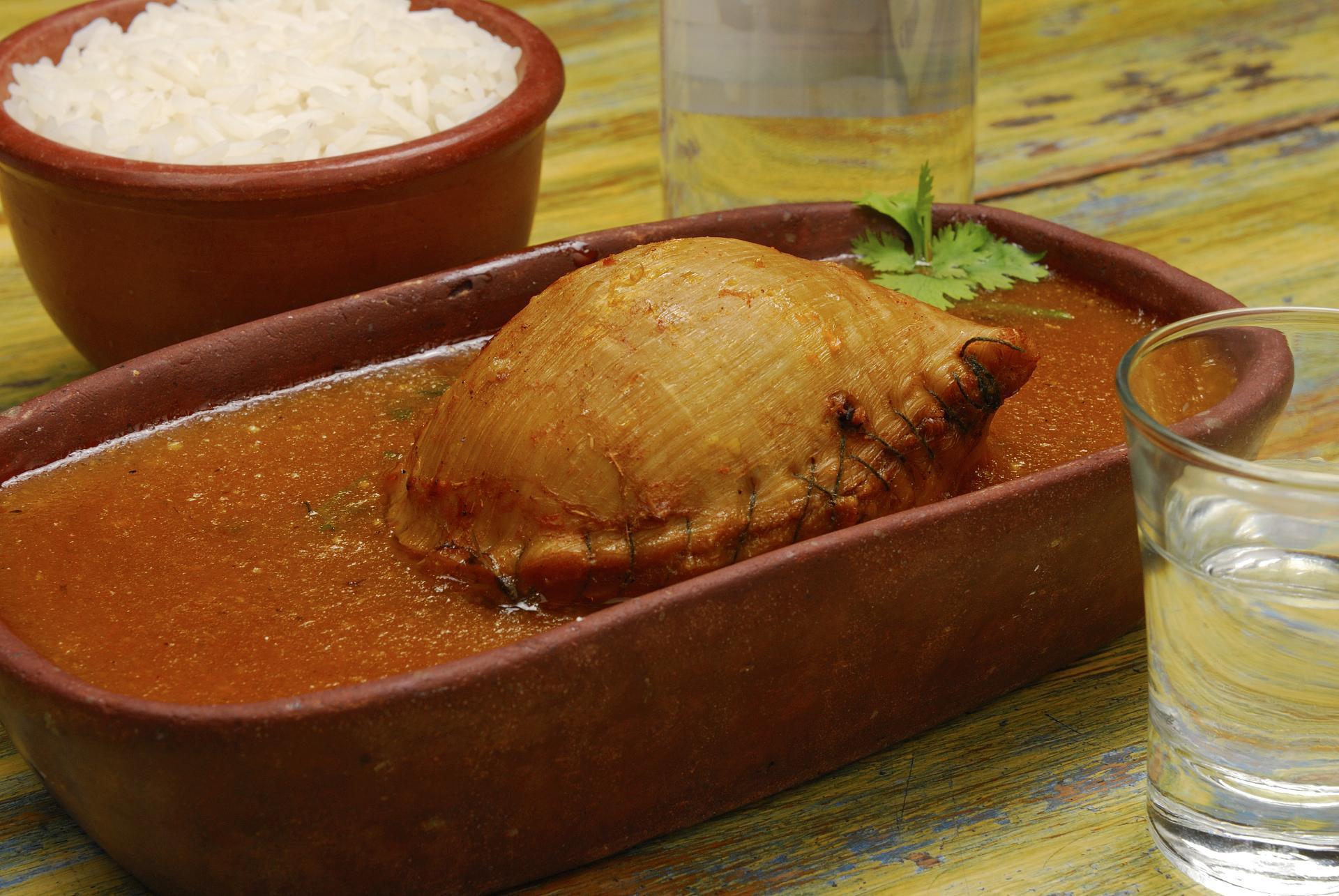
Cultural Significance
Buchada de Bode holds significant cultural importance in northeastern Brazil, particularly in rural communities where goat farming is prevalent. It is often served at festive occasions such as weddings, festivals, and religious celebrations. The dish is cherished for its robust flavors, hearty texture, and the skill required to prepare it.
Variations and Regional Differences
While the basic preparation of Buchada de Bode remains consistent, there are variations in ingredients and cooking techniques across different regions of Brazil. Some regions may add their own unique spices or ingredients to enhance the flavor of the dish. Additionally, regional preferences for side dishes and accompaniments may vary.
Buchada de Bode is more than just a dish; it is a symbol of Brazilian culinary heritage and tradition. Its origins in rural communities, its rich flavors, and its association with festive occasions make it a beloved delicacy enjoyed by many. Whether served at a family gathering or a local festival, Buchada Bode continues to hold a special place in the hearts and palates of those who appreciate its unique taste and cultural significance.
Pros and Cons of Buchada de Bode: Exploring the Traditional Brazilian Dish
Buchada de Bode, a traditional Brazilian delicacy, boasts a rich history and cultural significance in northeastern Brazil. However, like many culinary creations, it comes with its own set of yowestogel advantages and disadvantages. In this article, we delve into the pros and cons of Buchada Bode to provide a comprehensive understanding of this beloved dish.
Advantages of Buchada de Bode
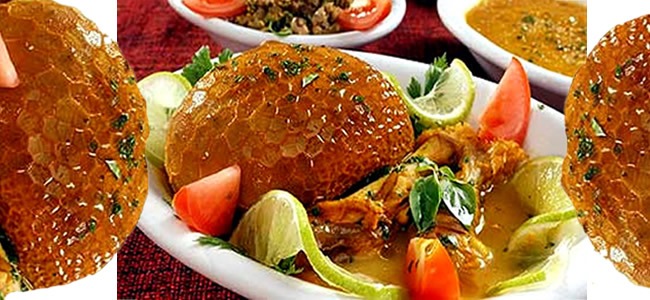
1. Rich Flavor Profile:
- Buchada de Bode is renowned for its robust and savory flavors. The combination of goat innards, seasonings, and vegetables creates a complex and satisfying taste experience that delights the palate of those who enjoy it.
2. Cultural Heritage:
- As a traditional dish originating from the northeastern region of Brazil, Buchada de Bode carries significant cultural importance. It is often prepared and served during festive occasions, weddings, and religious celebrations, preserving culinary traditions and fostering a sense of cultural identity.
3. Nutrient-Rich Ingredients:
- Goat innards, the primary ingredient in Buchada de Bode, are nutrient-dense and provide essential vitamins and minerals such as iron, zinc, and B vitamins. When prepared properly, the dish can be a source of nourishment and sustenance.
4. Culinary Skill and Tradition:
- The preparation of Buchada de Bode requires culinary skill and expertise, passed down through generations. The meticulous cleaning, stuffing, and cooking process reflects the artisanal craftsmanship and cultural heritage associated with traditional Brazilian cuisine.
Disadvantages of Buchada de Bode
1. Acquired Taste:
- Due to its distinctive flavor and aroma, Buchada de Bode may not appeal to everyone’s taste preferences. The strong, gamey flavor of goat meat and innards may be off-putting to those unfamiliar with or averse to such flavors.
2. High Fat and Cholesterol Content:
- While goat meat is leaner than other types of red meat, it still contains significant amounts of fat and cholesterol, particularly in the innards used in Buchada de Bode. Consuming large quantities of fatty meats can contribute to health issues such as heart disease and high cholesterol levels.
3. Preparation Challenges:
- The preparation of Buchada de Bode is labor-intensive and requires careful attention to detail. Cleaning and stuffing the goat stomach can be time-consuming and challenging, requiring skill and expertise to ensure proper execution.
4. Health Concerns:
- Despite its cultural significance and flavor appeal, Buchada de Bode may pose health risks if not prepared and cooked properly. Improper handling and cooking of innards can lead to foodborne illnesses and digestive issues.
Conclusion
Buchada de Bode is a beloved traditional dish that embodies the culinary heritage and cultural richness of northeastern Brazil. While it offers distinct flavors, cultural significance, and a source of nourishment, it also comes with challenges such as acquired taste, preparation complexity, and potential health concerns. As with any dish, moderation and proper preparation are key to enjoying Buchada de Bode safely and appreciating its unique culinary experience. Whether you savor it as a cherished cultural tradition or explore it as a culinary adventure, Buchada de Bode continues to captivate and inspire those who embrace its flavors and heritage.
Read More Article About “PSYCHOLOGICAL IMPACT OF DIVORCE: MANAGING EMOTIONAL TURMOIL“

